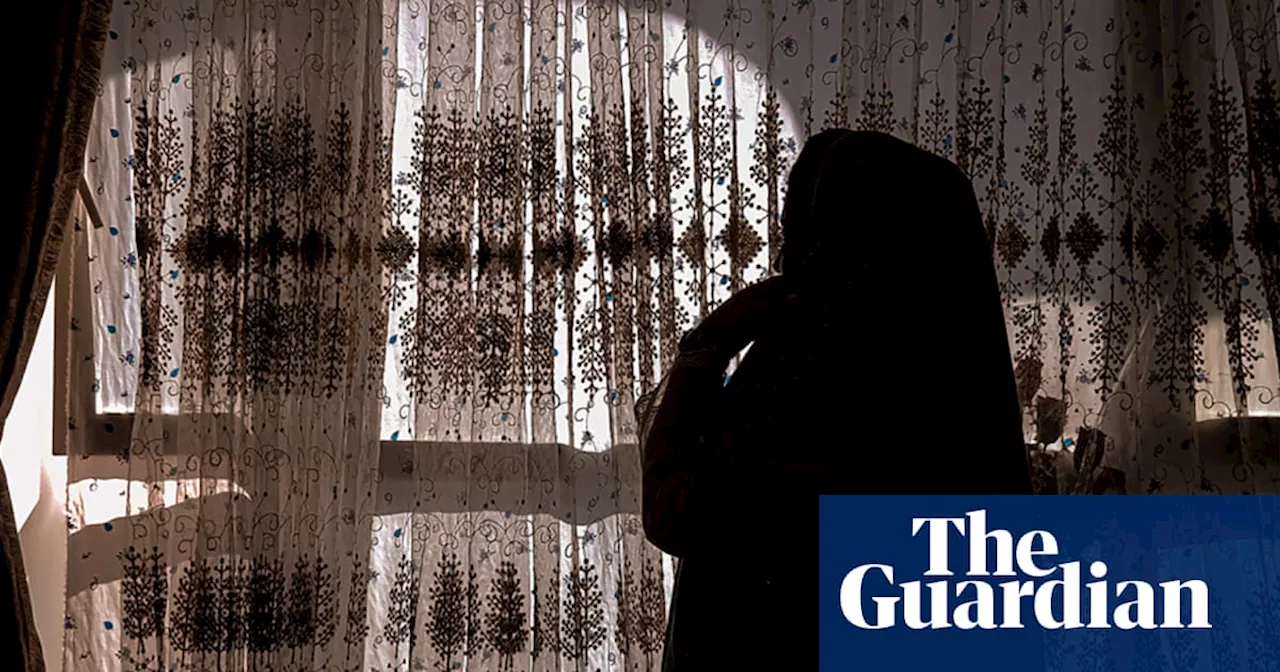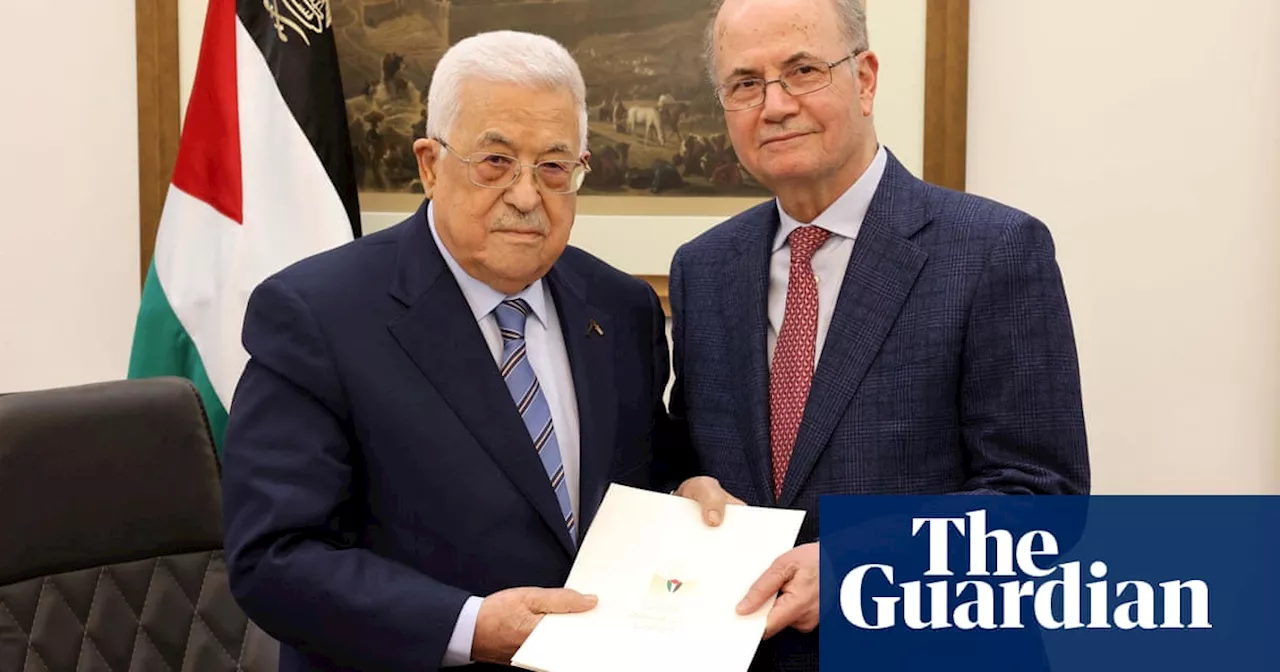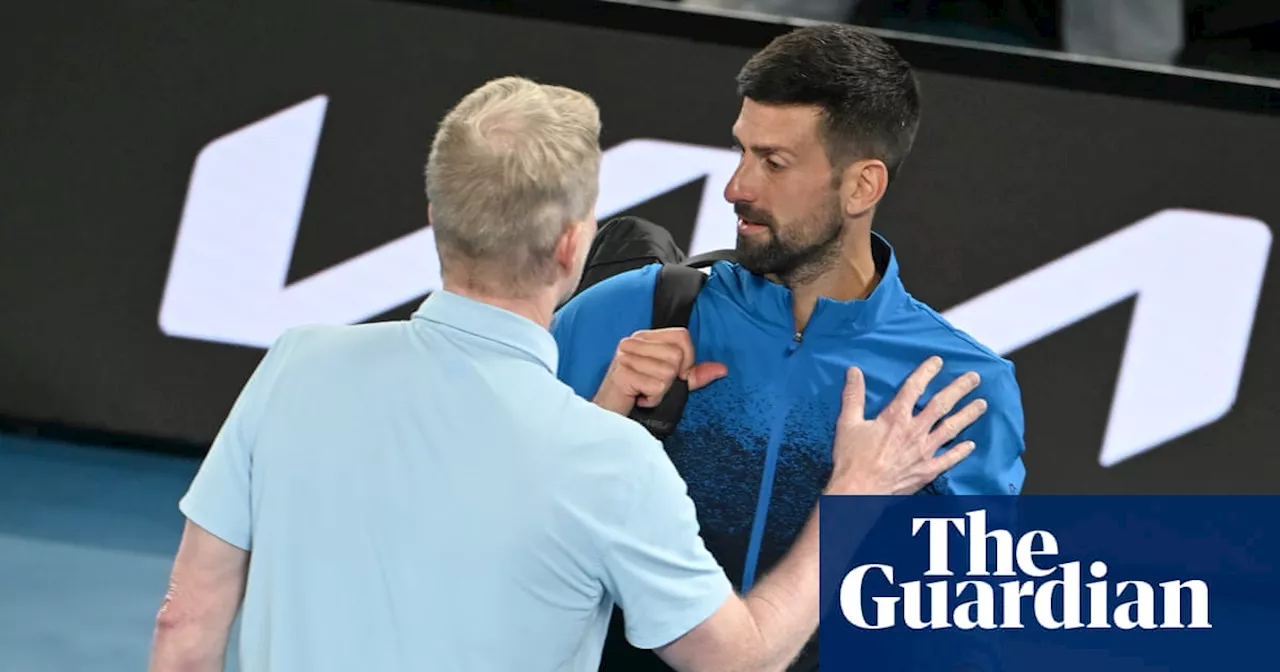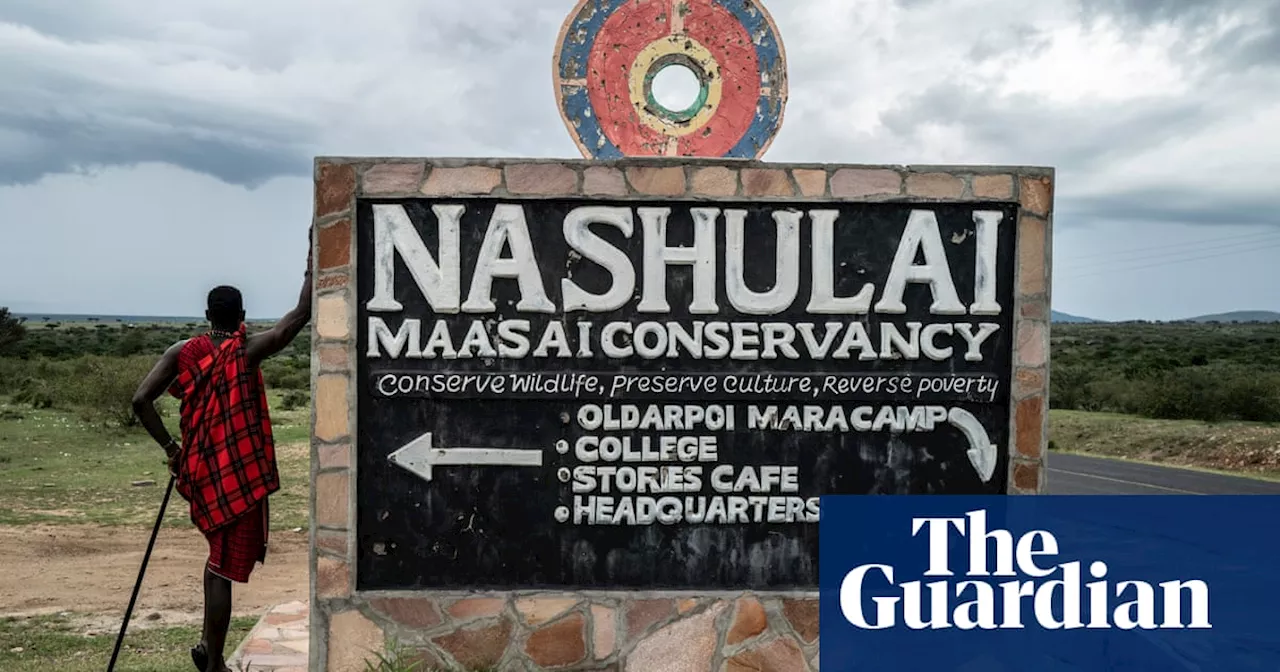This article explores the growing trend of community-led conservancies in Africa, highlighting their success in protecting wildlife and empowering local communities. It contrasts this approach with the colonial 'fortress conservation' model, which often displaced Indigenous populations and prioritized wildlife over human needs.
Colonial powers imposed ' fortress conservation ' on Africa in the 20th century, forcing Indigenous people, in particular pastoralists such as the Maasai , off their land to make space for wildlife. Across the continent, millions of hectares of land are being used and run by local people coexisting with wildlife in spaces where both can thrive.
Africa's first national park was created 100 years ago by the Belgian colonial state in the Congo, and since then hundreds more have been developed – but in many areas there is more wildlife in protected areas run by local people. Tens of millions of hectares across the continent are home to community-run “conservancies”, managed by herders, farmers and hunter-gatherers, who coexist with herds of large animals such as elephants, giraffes and buffalo. “Up to 80% of all the land in Africa is traditionally used and managed by local communities,” says Fred Nelson, chief executive of Maliasili, a US-based charity that promotes community-based conservation in Africa “In some countries, it is known that more wildlife is found outside parks on community and private lands,” he says.. The country now has more than 230 community-run reserves covering 16% of the country. Conservancies have helped wildlife recover while benefiting local people, with 230 in total by 2023, covering 9m hectares or 16% of land, and successfully creating more space for wildlife. Afound that more than 80% of wildlife in the Maasai Mara was found in community conservancies, despite them covering just 25% of the ecosystem.Nelson says: “It’s an important and positive trend that conservancies and other community conservation models have been spreading.”Nashulai Maasai conservancy in Kenya is on a key wildlife corridor for elephants, lions and zebras, connecting the Maasai Mara national reserve to other conservancies in the east. “We started the conservancy to protect the Indigenous people’s land and the wildlife which depends on that land,” says Nelson Ole Reiyia, co-founder of Nashulai (meaning “we coexist” in Maasai), which he says has reduced conflict between humans and wildlife. “Over the last 10 years, we have seen the doubling up in the number of wildlife.” “Nashulai is a special word,” he says. “It means a place of harmony where community and wildlife live in balance and mutual benefit, where the spirit of the people and the spirit of nature and wildlife come together into a common song.” Reiyia is working with communities in other countries, including Tanzania, India, Australia and Canada. “It’s a model that can be replicated elsewhere,” he says. Faith Naishorua Njapit, who works in Nashulai as a ranger, says it creates important jobs in the community. “My husband has a small business, and with my work I earn more than him; I am proud of what I do for my family. “Maasai society is changing, because today both boys and girls can study, and I want my daughter to have more education than I had and a good job,” she says. Namibia also has an extensive network of conservancies, which began in the 1990s. Now, 86 conservancies cover a fifth of the country (more than the area taken up by national parks). After coming under pressure from the rapid increase in human and livestock populations, as well as droughts,“The rapid human population increase across much of Africa, as well as the likely impacts of climate change, will continue to put pressure on natural resources. Community participation in protection of habitats and wildlife will be essential,” researchers found.A young Maasai man watches a herd grazing in the Nashulai conservancy, which has seen numbers of wildlife such as giraffes, elephants and lions double in 10 years” was the main model applied by colonial powers in Africa, with Indigenous people, in particular pastoralists, usually forced out of their traditional territory to make space for wildlife. We could lose vast areas of habitat and end in a situation where we only see wildlife in pay-to-view national parks Globally, the exclusion of people in the name of protecting the environment resulted in widespread human rights abuses and an estimated This approach prevented people from benefiting from land where they may have lived for farming, hunting or collecting natural resources. As a result, those people generally had little incentive to protect wildlife. The conservancy model is a different approach, in which local people are paid money from tourism, trophy hunting and sometimes carbon and biodiversity markets. They can live and rear livestock on the land too.Young Maasai men herd their cattle into the kraal. Rising numbers of livestock as well as people have put pressure on wildlife populations “It’s important we don’t just focus on national parks or we could lose vast areas of habitat and end in a situation where we only really see wildlife in pay-to-view national parks,” says Prof Adam Hart, from the University of Gloucestershir
Community Conservation Wildlife Protection Fortress Conservation Africa Maasai Conservancies Indigenous Rights Sustainable Development Biodiversity
Australia Latest News, Australia Headlines
Similar News:You can also read news stories similar to this one that we have collected from other news sources.
 The Millers' House of Cards: How Brandon Miller's Instagram-Fueled Lifestyle Led to Financial RuinThe death of Brandon Miller, a man whose lavish lifestyle was documented on his wife's popular Instagram account, has exposed a staggering financial mess. Investigations reveal a web of debt, questionable loans, and a reality far removed from the curated image of wealth projected online.
The Millers' House of Cards: How Brandon Miller's Instagram-Fueled Lifestyle Led to Financial RuinThe death of Brandon Miller, a man whose lavish lifestyle was documented on his wife's popular Instagram account, has exposed a staggering financial mess. Investigations reveal a web of debt, questionable loans, and a reality far removed from the curated image of wealth projected online.
Read more »
 Trump’s killing of Qassem Suleimani led to fall of Assad, says TugendhatEx-security minister says assassination ordered by Trump set off chain of events that led to revolution in Syria
Trump’s killing of Qassem Suleimani led to fall of Assad, says TugendhatEx-security minister says assassination ordered by Trump set off chain of events that led to revolution in Syria
Read more »
 Tech CEO Says Tesla's Self-Driving System Led Him Onto Train TracksA Silicon Valley tech CEO claims his self-driving Tesla steered him onto train tracks, forcing him to run a red light to avoid a collision. Jesse Lyu, founder of AI startup Rabbit Inc., posted dashcam footage on social media showing the incident, urging Tesla CEO Elon Musk to address the issue.
Tech CEO Says Tesla's Self-Driving System Led Him Onto Train TracksA Silicon Valley tech CEO claims his self-driving Tesla steered him onto train tracks, forcing him to run a red light to avoid a collision. Jesse Lyu, founder of AI startup Rabbit Inc., posted dashcam footage on social media showing the incident, urging Tesla CEO Elon Musk to address the issue.
Read more »
 The Taliban made me marry my boss: how one word led to a forced marriageAfghanistan’s ‘morality police’ arrested Samira at work in Kabul – and then made the 19-year-old marry her employer
The Taliban made me marry my boss: how one word led to a forced marriageAfghanistan’s ‘morality police’ arrested Samira at work in Kabul – and then made the 19-year-old marry her employer
Read more »
 Gaza's Future: A Call for UN-Led Interim AdministrationArab states urge Israel and the incoming Trump administration to prevent a political vacuum in Gaza and allow the Palestinian Authority (PA) and UNRWA to oversee its recovery. The future of Gaza's governance is a key issue, with the PA facing opposition from Hamas and internal divisions within Israel. Secretary of State Blinken proposed a UN-mandated interim administration and security mission, while the PA rejects any interim arrangements. The situation raises concerns about aid distribution and the potential for conflict, with the Trump administration's stance on UNRWA and its commitment to de-militarise Gaza adding further complexities.
Gaza's Future: A Call for UN-Led Interim AdministrationArab states urge Israel and the incoming Trump administration to prevent a political vacuum in Gaza and allow the Palestinian Authority (PA) and UNRWA to oversee its recovery. The future of Gaza's governance is a key issue, with the PA facing opposition from Hamas and internal divisions within Israel. Secretary of State Blinken proposed a UN-mandated interim administration and security mission, while the PA rejects any interim arrangements. The situation raises concerns about aid distribution and the potential for conflict, with the Trump administration's stance on UNRWA and its commitment to de-militarise Gaza adding further complexities.
Read more »
 Channel Nine’s Tony Jones apologises to Novak Djokovic over ‘banter’ that led to coverage boycottThe Serbian tennis star had refused to speak with Nine’s presenters after Jones’ comments about Serbian fans at the Australian Open
Channel Nine’s Tony Jones apologises to Novak Djokovic over ‘banter’ that led to coverage boycottThe Serbian tennis star had refused to speak with Nine’s presenters after Jones’ comments about Serbian fans at the Australian Open
Read more »
